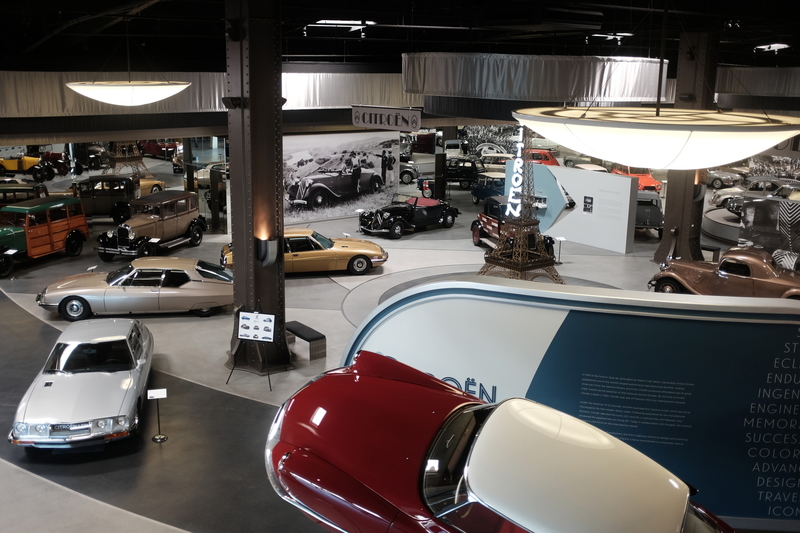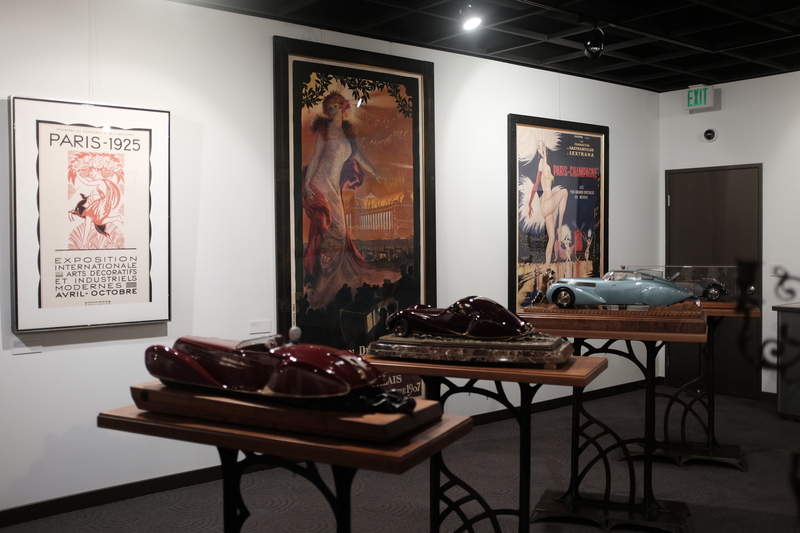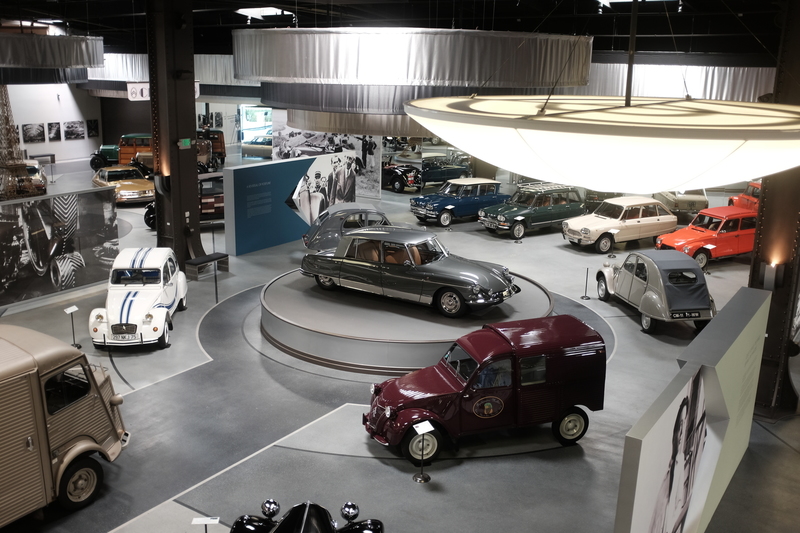Mullin Automobile Museum
25 July 2017
Imagine, if you will, that you have a lot of money. And I do not mean, a lot in the sense that you can buy the fancy chicken down at the grocery store, I mean a real lot of money. In this scenario, you have so much money, that you do not know what to do with the money.
There are a few people like that - you not being one of them, unless you are one of those people, in which case you will already be familiar with the situation of which I speak - and some of them have decided to turn their money into cars. Not literally, obviously, as building a car out of cash is probably not doable. Although... but I digress.
Peter Mullin is one such person. And beginning in the 1980s, he decided to collect French cars, beginning with Bugatti. It would not be until a few years ago that he turned his interest to Citroëns, my personal favourite. And in that brief time, he had managed to amass quite a collection of classic Citroëns. Most noticeable, I think, was the five completely unique coach built D models.
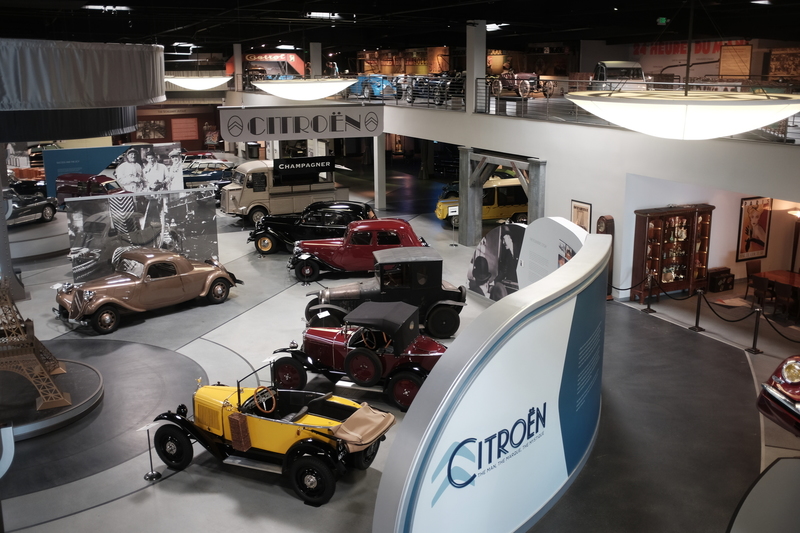
A different perspective at the Citroën exhibit. Only a different camera angle, the opinions remain the same.
What made the Traction Avant, the DS' immediate predecessor, so groundbreaking was its unibody construction. Rather than being chassis that the body was built on, the body and chassis was one and the same. The advantage of this meant that the cars could be smaller and lower. This is why the Traction does not have a step, like so many other contemporary cars did, because it was low enough to get into without help.
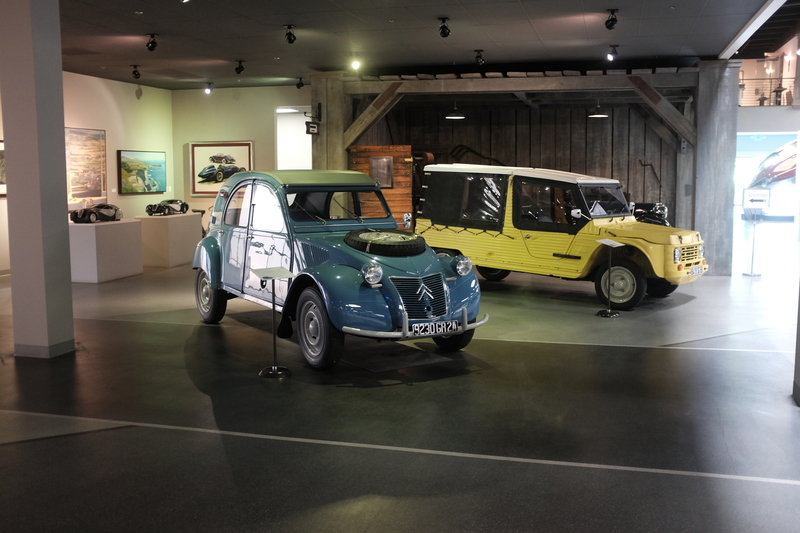
The 2CV Safari. This vehicle has two engines, making it all, front or rear wheel drive. Whatever you feel like.
As other automakers moved to unibodies as well, the coachbuilders that had made a name for themselves building custom bodies on top of standard chassis found themselves with little business. However, some were still in high demand, and one were Henri Chapron. He took the Citroën DS and built convertibles out of them.
Initially, this occurred without a licence from Citroën, but eventually Citroën made an official convertible « usine » (factory) model, hand built by Chapron. However, Monsieur Chapron was still built some completely unique versions. Some of which have survived till this day.

In 2009, this 1925 Type 13 Brescia Bugatti was unearthed from Lake Maggiore in Italy near the Swiss border. Mullin intends to never restore it.
It was quite delightful to see such a collection of Citroëns, and particular being able to help the tour guide along with some of the facts about Citroën's history. I admit, I am a bit rusty about the early years of Citroën, and it was nice to see a 1919 Type A in their collection as well. All in all, an exhibit worth a visit, if one should happen to be in the area.
